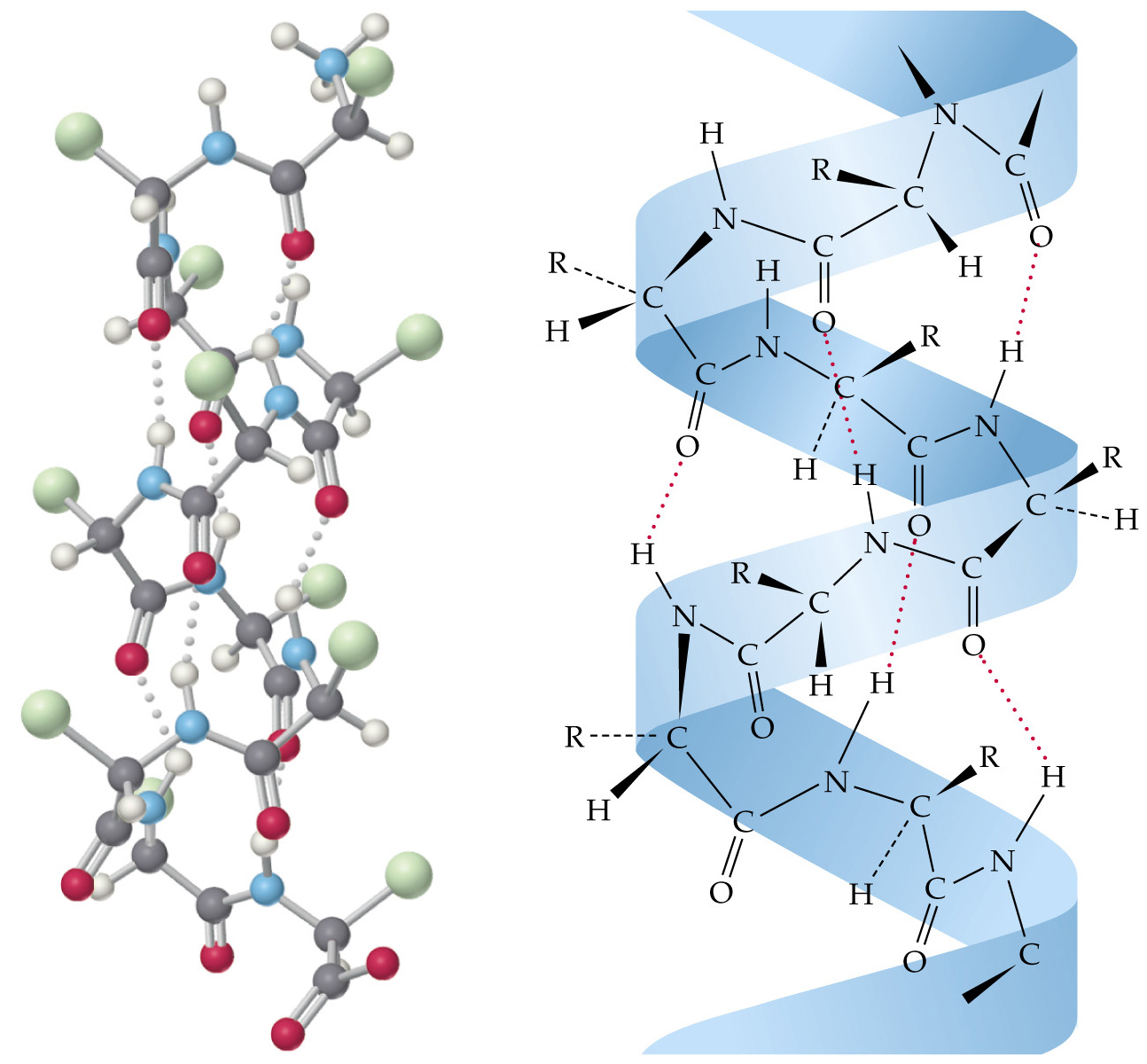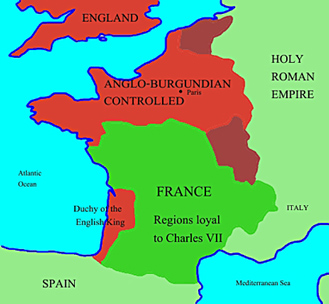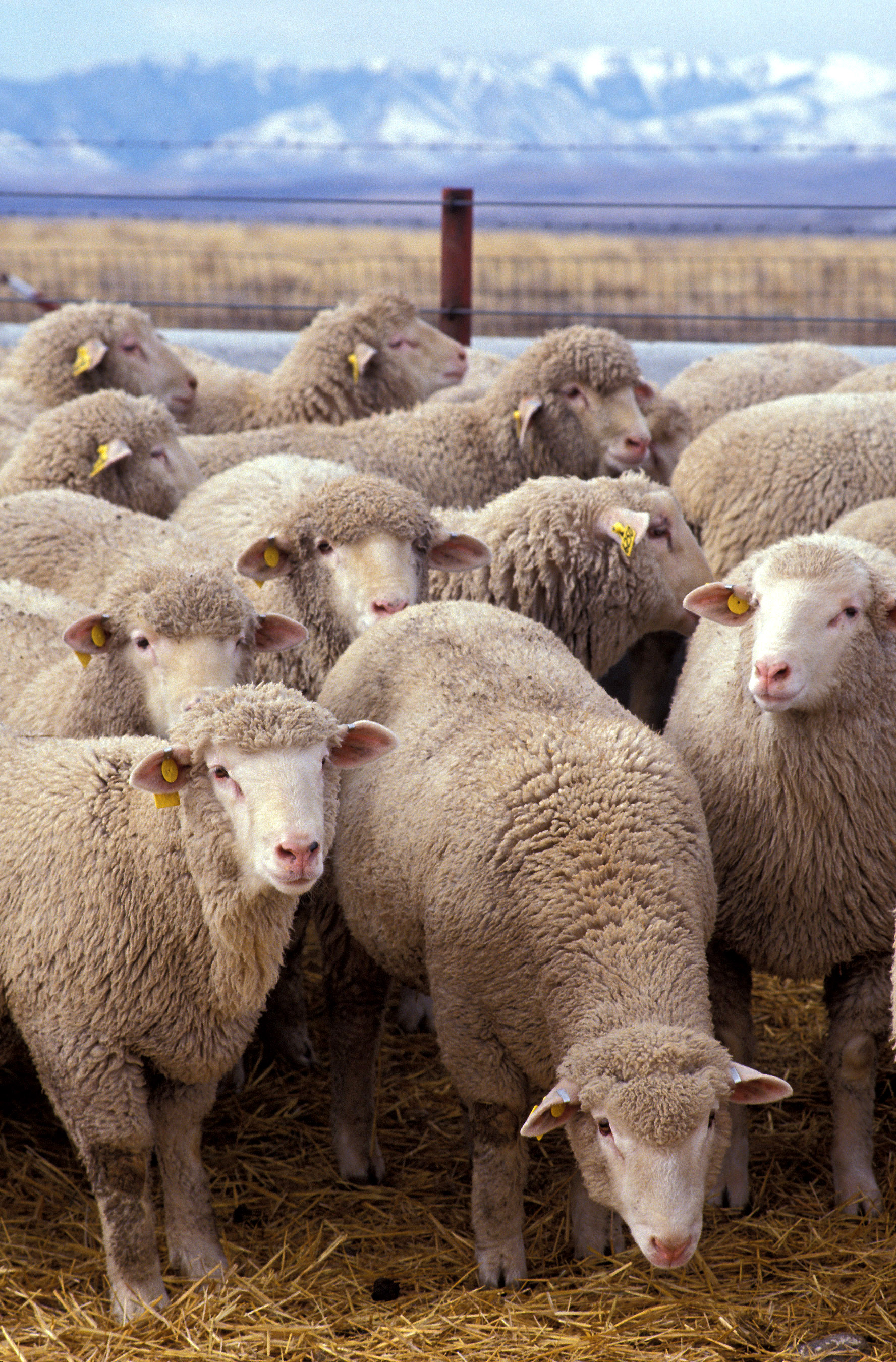Entries Tagged as 'Keratin'
May 6th, 2008 · Comments Off on References
Introduction |Keratin | Why Wool?
| A Sheep Market | Wool War I |References
References:
Bradbury, J.H. (1976). “The morphology and chemical structure of wool.” Pure and applied chemistry.
Chimie pure et appliquee´. Volume 46, p. 247-253.
The Chemical and Physical Structure of Merino Wool. Retrieved March 28, 2008, from Australia‘s Commonwealth Scientific and Industrial Research Organisation Web site: http://www.csiro.au/files/files/p9ti.pdf.
Creighton, T. E. (Ed.). (1989). Protein structure: A practical approach. Oxford, England: Oxford University Press.
Fowler, Kenneth (Ed.). (1971). The Hundred Years War. New York, NY: Macmillan Press.
Howarth, David (1981). 1066: The year of the conquest. New York, NY: Penguin Group.
Jones, John (1992). Amino Acid and Peptide Synthesis. New York, NY: Oxford University Press.
Kreplak, L., Doucet, J., Dumas, P, & Briki F. (2004). New Aspects of the  -Helix to ß-Sheet Transition in Stretched Hard
-Helix to ß-Sheet Transition in Stretched Hard  -Keratin Fibers. The Biophysical Journal. Vol. 81, p. 640-647.
-Keratin Fibers. The Biophysical Journal. Vol. 81, p. 640-647.
McKisack, May (1959). The Oxford history of England: The fourteenth century, 1307-1399. New York, NY: Oxford University Press.
Richards, Gertrude (Ed.). (1932). Florentine Merchants in the Age of the Medici. Cambridge, MA: Harvard University Press.
Power, Eileen (1941). The wool trade in English medieval history. New York, NY: Oxford University Press.
Seward, Desmond (1999). The Hundred Years War: The English in France 1337-1453. New York, NY: Penguin Group.
Thermal Conductivity. Retrieved May 1, 2008, from Georgia State University Web site: http://hyperphysics.phy-astr.gsu.edu/Hbase/thermo/thercond.html
[Read more →]
Categories: Keratin · Uncategorized
May 6th, 2008 · Comments Off on Introduction
Introduction | Keratin | Why Wool? | A Sheep Market | Wool War I |References
Keratin and the Role of Wool in Medieval Europe
When one thinks of triangular trade, the concept that comes most readily to mind is the African slave trade. The African slave trade consisted of trade between manufacturing countries of Northern Europe, the slave traders of the West African coast and the European colonies in the Americas. This triangular system of trade began in Europe where manufactured goods were produced for sale in West Africa. Slaves were then transported from Africa to the colonies in America, where they labored on plantations, producing raw materials needed for manufacturing products. These raw materials were then sent to Europe as the last leg of the journey. This triangular trade, however, was not the first that stimulated the English economies of Northern Europe. Centuries earlier a triangular trade involving English wool drove the English economy and led her to war. Set up by the Norman invasion of England in 1066, the wool trade drove the economies of England, France and parts of the Low Countries, developing a symbiotic relationship between the economies of the three regions. When France attempted to interfere with the balance of power, England responded with the declaration of war that would last 116 years, the conflict known as the Hundred Years War.
[Read more →]
Categories: Keratin · Uncategorized
April 23rd, 2008 · Comments Off on Why Wool?
Introduction |Keratin | Why Wool? | A Sheep Market | Wool War I |References
Beginning in ancient world and continuing until the modern day, wool has achieved wide acclaim as a fiber. Wool has several chemical and physical characteristics that are responsible for its widespread popularity.
- Disulphide bonds formed through Keratinization making Keratin fibers insoluble in water and more resistant to chemical and physical attacks.
- Chemical cross links (both ionic and hydrophobic interactions) stabilize the protein in wet and dry conditions.
- The Helical structure of some Keratins affects the flexibility, resilience, elasticity and wrinkle disguising abilities of wool.
- The amorphous structure of other keratins in wool allows wool to absorb more moisture than other fibers and also enables the retention of dyes.
- Crimping of wool allows for greater air retention. This excess of air, which is a poor conductor, is the cause of wool’s insulating abilities. Thus in cold weather, wool garments maintain body heat, allowing the wearer to remain warm.
The diagram below shows intermolecular hydrogen bonding in keratin, which results in increased strength of the protein.

[Read more →]
Categories: Keratin
Introduction |Keratin | Why Wool? | A Sheep Market | Wool War I |References
In the decades leading up to the Hundred Years War, a triangular trade developed between England, Flanders and southern France. In 1066, Norman invaders from northern France under the leadership of William the Conqueror, overthrew the existing monarchy and aristocracy in England and established a new rule. The Normans brought with them their love for wine. The English had traditionally drunk beer, since the English climate and geography is not suitable to the cultivation of grapes. The Normans then, were forced to import their cherished wines from southern France. The main English export, however, was wool. Southern France, being a predominantly agricultural region, had little use or need for unprocessed wool. They did, however, import manufactured cloth from Flanders in the North. The Flemish, while having an extensive cloth manufacturing industry, needed to import much of their raw material, wool, and often imported wool from England. Thus, the Flemish sold processed woolen cloth to southern France in return for wine which was used to trade for wool from England.
 |
| |
|
| |
|
This triangular trade which was sustained by wool continued for decades to the benefit of each of the three regions. Soon, however, the French monarchy began consolidating its control over France, which posed a threat to the balance of trade. The French Kings were especially interested in regaining control over the province of Flanders. The Flemish had always been vassals of the French king, but taking advantage of his previous weakness, they had acted independently, amassing great wealth through the wool trade with England. As the French monarchy strengthened, however, they wished to reestablish their authority over the Flemish to gain control of the profitable wool trade. The English, while having strong economic ties with Flanders, often fought the French kings over the large tracts of land that the English control in southern France. The growing power of the French monarchy posed a threat to the economic stability of England and the English were determined to prevent the French from taking control of Flanders. Thus when the civil war between pro-French and anti-French factions broke out in Flanders, the English supported the anti-French merchant class. The conflict, coupled with other Anglo-French tensions, soon escalated into war between England and France, which would last for 116 years.
[Read more →]
Categories: Keratin
April 23rd, 2008 · Comments Off on A Sheep Market
Introduction |Keratin | Why Wool? | A Sheep Market | Wool War I |References

The immense popularity and widespread use of woolen cloth, due to its many beneficial qualities, had a lasting influence on the economies of medieval Europe. The economies of several regions of Europe were dependent on wool for the generation of capital.
The economies of Florence and Flanders, located in Northern France, were based on the production of fine woolen textiles, which were exported to the whole of Europe. For instance, the prosperous bankers and rulers of Florence, the Medici family, initially derived their immense wealth from the production of textiles from wool.
Italy and Flanders did not, however, produce much of their own fleece or raw wool so they needed to import it from other regions. Spain and Burgundy, part of modern day France and Germany, were major exporters of wool during the Medieval period. The largest exporter of wool, however, was England. By the early fourteenth century, England exported more than 35,000 sacks of wool, each sack containing twelve stones of wool or roughly 168 pounds.
Over time, a strong wool trade developed between England and Flanders which would transcend economics and play a large role in the political futures of the two regions.
[Read more →]
Categories: Keratin
April 23rd, 2008 · 1 Comment
Introduction |Keratin | Why Wool? | A Sheep Market | Wool War I |References
Keratins are fibrous proteins that compose a variety of organic materials found in living organisms. They form hard but non-mineralized structures found in birds, reptiles, amphibians and mammals. Keratins are divided into two subsets, alpha and beta keratins.Alpha keratins are found in mammals only and are responsible for the make up of hair, nails, horns, hooves and claws. Beta keratins are present in birds, reptiles and amphibians forming claws, nails, scales, shells, feathers and beaks. Beta keratins are often harder than their alpha counterparts.
Being a type of protein, keratins are made up of long chains of amino acids. All proteins are created through the various combinations of the same twenty amino acids. The most prevalent amino acids found in keratins are glycine, alanine and cysteine, the chemical structures of which can be found below.
Cysteine:
Alananin:
Glycine:
[Read more →]
Categories: Keratin
 -Helix to ß-Sheet Transition in Stretched Hard
-Helix to ß-Sheet Transition in Stretched Hard  -Keratin Fibers. The Biophysical Journal. Vol. 81, p. 640-647.
-Keratin Fibers. The Biophysical Journal. Vol. 81, p. 640-647.

